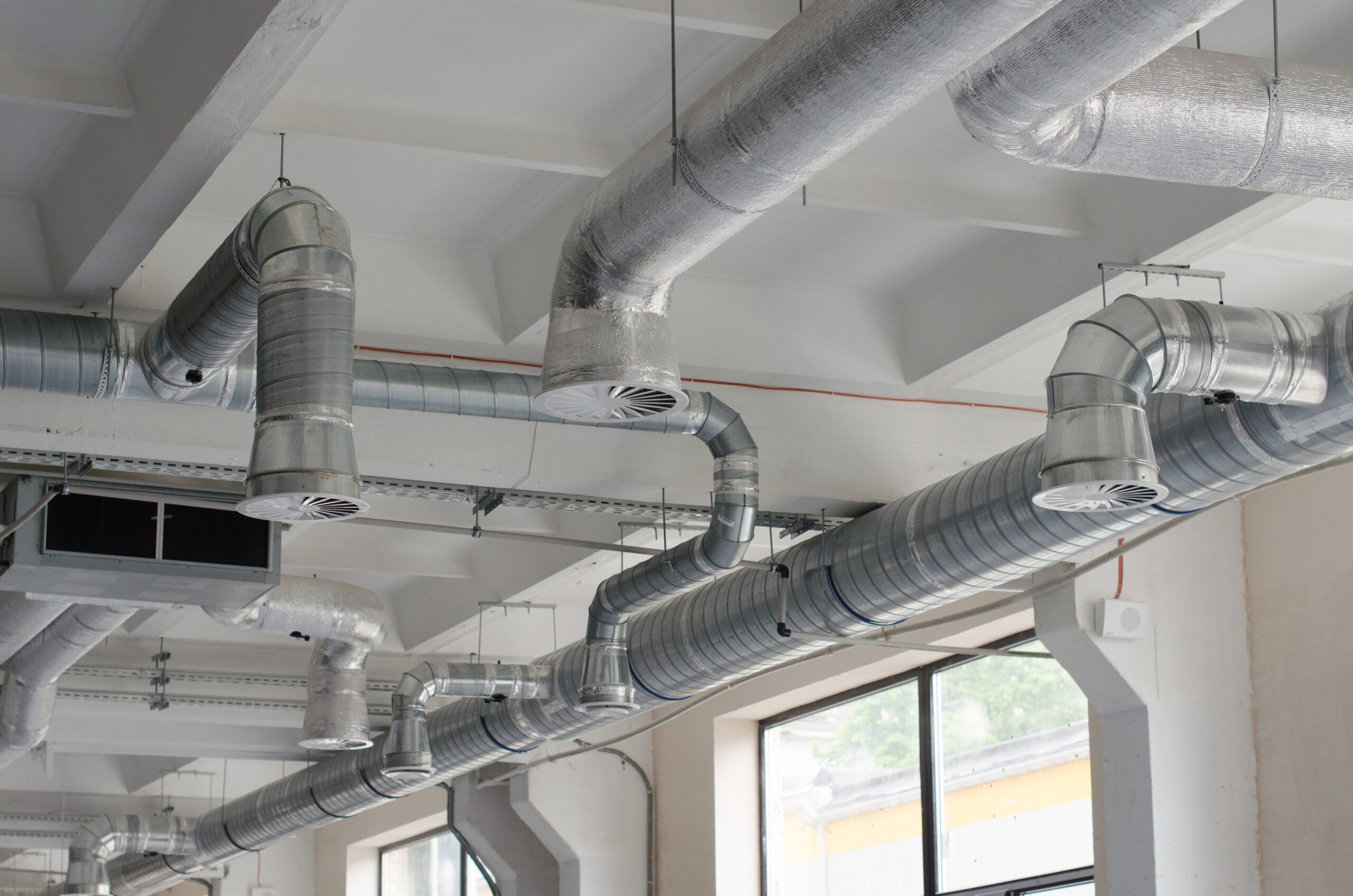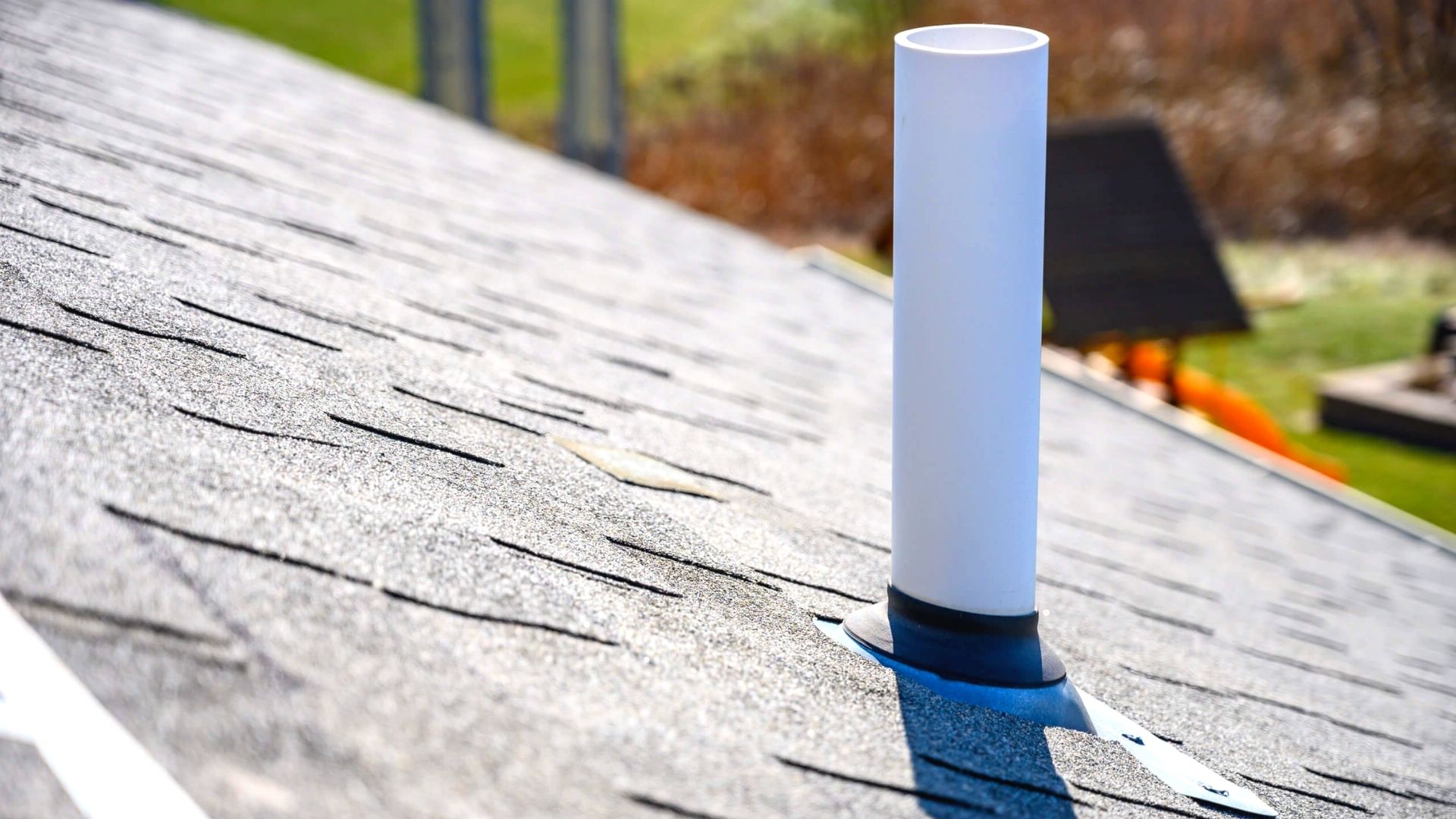What're your opinions about What Is a Plumbing Vent and Why Is It Important?

Correct air flow in pipes systems is frequently ignored, yet it is critical for keeping the functionality and safety of your home's pipes. Ventilation helps control atmospheric pressure, avoid the build-up of harmful gases, and make certain the reliable removal of waste. In this overview, we will certainly explore the relevance of appropriate plumbing air flow, exactly how it works, and the advantages it gives your pipes system.
Comprehending Air Flow in Pipes
Ventilation in plumbing describes the network of pipelines that enable air to move with the water drainage system. These vents serve several purposes, including regulating atmospheric pressure within the pipes, protecting against drain gases from getting in the home, and helping in the smooth flow of wastewater.
Just How Air Flow Functions in Plumbing Solutions
Atmospheric Pressure Guideline
Appropriate air flow keeps balanced air pressure within the plumbing system. When water streams with pipelines, it displaces air. Without ample ventilation, this variation can develop adverse stress, leading to slow down drains or siphoning of water from traps, which can cause unpleasant odors to seep into the home.
Avoiding Drain Gas Build-up
Among one of the most important features of plumbing vents is to prevent sewer gases, such as methane and hydrogen sulfide, from gathering within the home. These gases can pose serious health and wellness risks and are highly combustible. Vent pipelines allow these gases to run away securely outdoors.
Assisting in Waste Removal
Air flow assists in the reliable elimination of wastewater by avoiding airlocks in the drain system. When air can flow openly via the vents, it enables water and waste to move smoothly through the pipes, minimizing the danger of obstructions and backups.
Sorts Of Plumbing Vents
Main Heap Vent
The main stack air vent, additionally called the air vent pile, is the primary vent in a plumbing system. It expands from the main drain line up through the roof covering, allowing gases to leave and fresh air to enter the system.
Branch Vent
Branch vents attach to the major pile vent and offer specific fixtures, such as sinks, commodes, and showers. These vents make sure that each fixture has ample ventilation to operate appropriately.
Air Admittance Shutoff (AAV).
An Air Admission Valve (AAV) is a one-way valve that permits air to go into the plumbing system without the requirement for a typical air vent pipeline extending through the roofing system. AAVs are frequently made use of in remodellings or locations where installing a common vent is not practical.
Signs of Poor Ventilation in Plumbing.
Slow Draining Fixtures.
If your sinks, tubs, or toilets are draining slowly, it could be a sign of poor air flow. Insufficient air circulation can create a vacuum cleaner result, making it hard for water to drain appropriately.
Gurgling Seems.
Gurgling audios originating from drains pipes are usually a result of air being sucked through water traps because of adverse stress in the pipelines. This is a clear indication of inadequate ventilation.
Unpleasant Odors.
Drain smells inside your home are a red flag that your pipes system is not properly aerated. This can mean that drain gases are not being appropriately aired vent outside, leading to potentially unsafe conditions.
Usual Ventilation Errors.
Insufficient Vent Sizing.
Utilizing small vent pipes can result in poor air flow and stress discrepancies in the system. It's important to utilize vents that meet the specific requirements of your plumbing system.
Improper Vent Positioning.
Putting vents also much from the fixtures they serve can reduce their effectiveness. Appropriate positioning ensures that air can flow freely and effectively with the system.
Ignoring Code Needs.
Building regulations provide specific standards for pipes air flow. Ignoring these codes can result in a system that stops working to function correctly and may result in costly repair work or health hazards.
Advantages of Correct Air Flow.
Enhanced System Performance.
Correctly ventilated pipes systems run extra effectively, with fewer obstructions, faster draining, and much less pressure on the pipes. This efficiency expands the lifespan of the plumbing system.
Improved Air High Quality.
By stopping sewer gases from entering your home, appropriate air flow contributes to much better indoor air quality, making your living setting healthier and extra comfy.
Preventing Water Damage.
Adequate air flow assists prevent water from being siphoned out of catches, which can result in sewage system gases getting in the home and causing water damages gradually.
Steps to Ensure Correct Ventilation.
Consulting Plumbing Codes.
Constantly consult regional plumbing codes when designing or customizing your pipes system. These codes provide the required standards for correct airing vent and guarantee your system satisfies security standards.
Routine Assessment and Maintenance.
Regular inspections can aid identify potential ventilation concerns prior to they become significant problems. Upkeep jobs, such as cleaning up vent pipes and looking for blockages, are essential for maintaining the system in good working order.
Expert Installment.
For brand-new installments or major adjustments, it's important to work with an expert plumbing. They have the knowledge to ensure the ventilation system is properly designed and set up according to code.
Verdict.
Proper air flow is an important part of any type of plumbing system, guaranteeing that it functions successfully and safely. By recognizing the significance of air flow, identifying the indicators of bad ventilation, and taking steps to keep your system, you can prevent pricey problems and protect your home's air quality.
4 Things You Should Know About Your Plumbing Vents
What Plumbing Vents Are
Also called a vent stack, a plumbing vent is a vertical pipe attached to your drain line that runs through your roof. The plumbing vent pipe, or plumbing air vent, removes gas and odors from your plumbing system and allows fresh air to enter the pipes, helping the water to flow out of the drain pipes.
What Plumbing Vents Do
Plumbing vents have two basic functions. One of which is to allow unpleasant smelling wastewater and sewer gasses to escape your plumbing system instead of entering your home. Plumbing vent pipes are typically located on roofs, away from windows, to ensure the fumes exit the home completely.
The other function of the plumbing vent is to move fresh air into your plumbing system. This helps move water through every plumbing fixture in your house, like toilets and sink drains. Think of the way in which you need to let a little air into the bottle as you pour soda in order to make the drink flow smoothly.
Different Types of Plumbing Vents
True vent: This is the most common vent option. In simplest terms, a true vent is a vertical pipe attached to your drain line that exits through the roof. They often function as the main vent that other fixtures can connect to. Re-vent pipe or auxiliary vent: Attached to the drain line near specific plumbing fixtures, re-vent pipes run up and over to connect to the main vent. Common vent: Two plumbing fixtures installed on opposite sides of a wall are typically tied into the vent stack using something known as a sanitary cross. Wet vent: This venting option operates as a drain pipe and a vent at the same time. Wet vent drainage systems drain water from one fixture while venting the air from another. Although they’ve been used for over 100 years, wet vent systems have only recently been added to the plumbing code in many areas. If you’re planning on installing one in a bathroom remodel, make sure you check your local code prior to construction. Loop vent: For free-standing fixtures like kitchen island sinks, loop vents are ideal. These vent pipes run under the floor, rise from the P-trap, and create a loop inside the cabinet sink. Air admittance valve: An AAV is a one-way mechanical valve typically installed at the site of the plumbing fixture. AAVs allow venting to occur without having to tie into a larger venting system. They’re ideal for venting fixtures where you aren’t able to easily connect to an existing vent system. Common Plumbing Vent Issues
Although vent pipes typically don’t have water flowing through them, they’re still subject to many typical plumbing issues. For example, clogs are one of the most common problems associated with sewer vent pipes. If your vent pipe gets clogged, all of your plumbing fixtures tied into the vent stack will be affected.
A sink with a slow drain that bubbles and gurgles or a strong sewage smell around your toilet are both indicators that your toilet vent pipe is clogged. Because most vent pipes exit through the roof, old leaves, twigs or even a bird’s nest could be clogging the pipe.
Clogs in your vent pipe system cause a buildup of negative pressure, meaning that water won’t be able to flow out of your home very well. It’s similar to putting your finger over the opening of a straw to trap water inside. When you remove your finger, the water is able to flow out of the straw.
If you suspect you have any blockage in your vent, make sure you have a professional come examine the situation. Left unchecked, a blocked air vent can lead to other costly repairs, like leaks and sediment buildup.
Under Pressure
Pipe vents are essential aspects of a home’s plumbing system. Owning a home means learning about all sorts of things you never put much thought into before. But by understanding as much as you can about the important systems of your home, you can keep those budgets intact and those anxiety levels low.
https://www.homeserve.com/en-us/blog/home-improvement/plumbing-vents/

I hope you enjoyed our article about Essential Plumbing Vent Pipes: Understanding Their Role. Many thanks for taking time to read our blog post. Sharing is good. Helping people is fun. Thank you for taking the time to read it.
Book Service